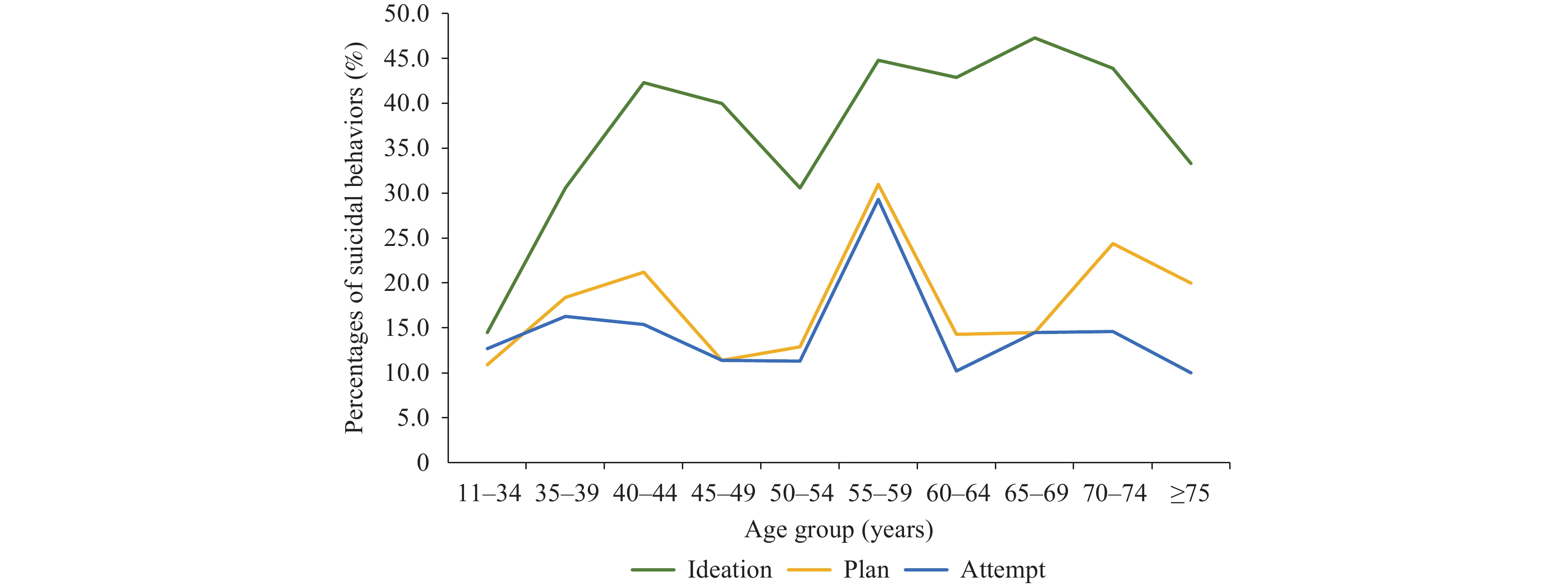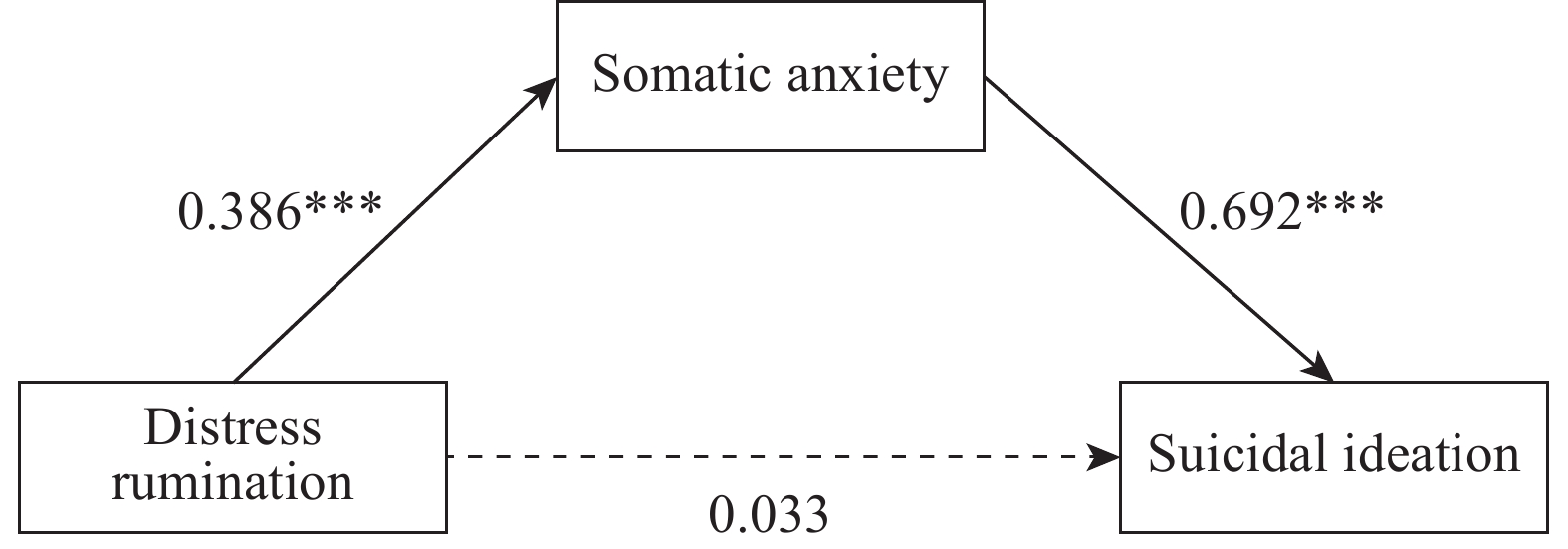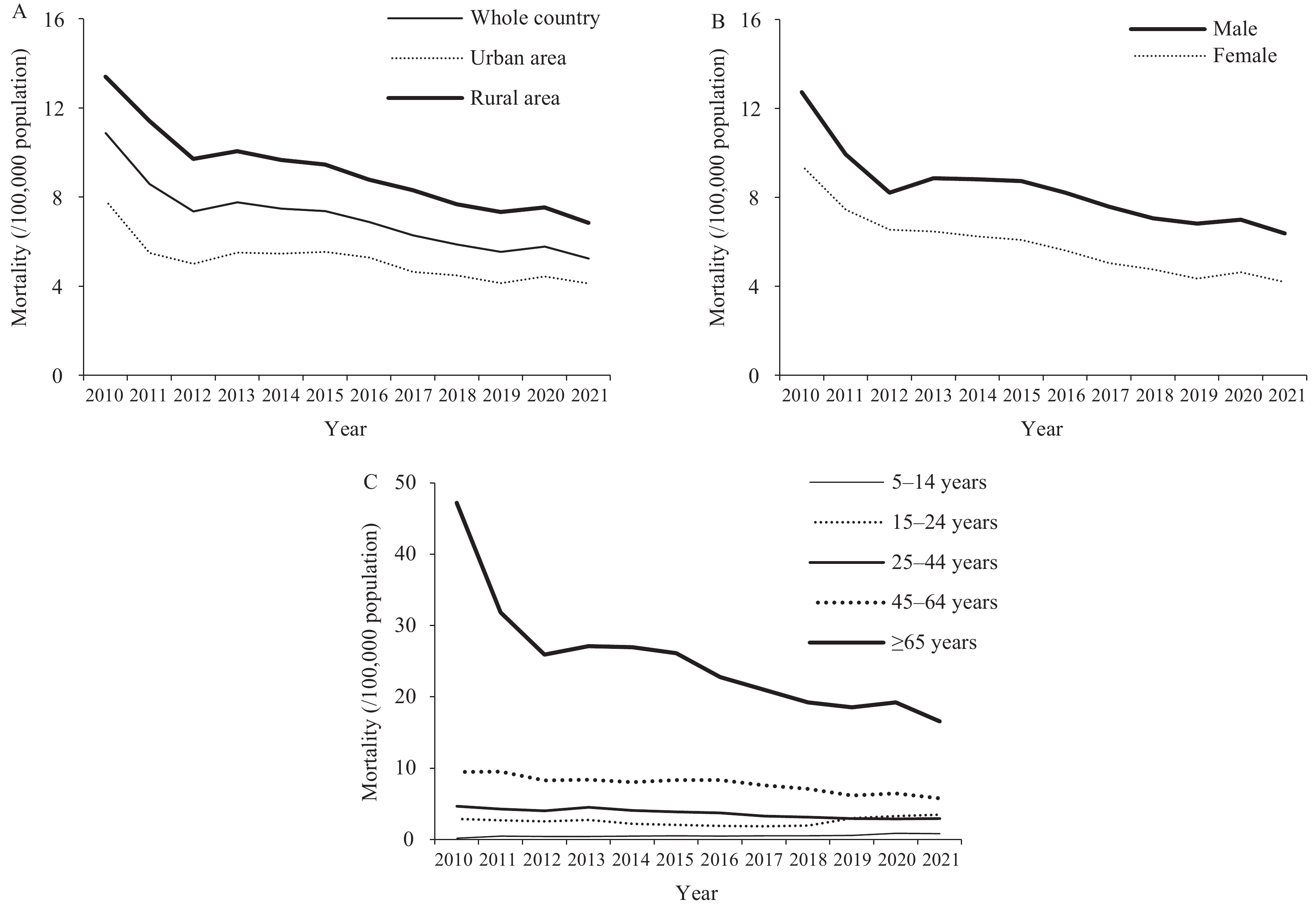2023 Vol. 5, No. 25
Serious mental disorders (SMD) are significant risk factors for suicide, and individuals with SMD are crucial target populations for suicide prevention efforts. While numerous studies have examined the prevalence of suicidal behaviors among psychiatric inpatients, fewer reports have addressed the occurrence of such behaviors in community-based patients.
The prevalence of suicidal ideation, planning, and attempts among community-dwelling individuals with SMD was found to be 36.8%, 17.9%, and 15.0%, respectively. A significant association was observed between the severity of psychiatric symptoms and the presence of suicidal behaviors. Notably, patients within the 55–59 age range demonstrated the highest rates of both suicidal planning and attempts.
Particular attention to the risk of suicide is crucial, especially for community-dwelling individuals with SMD of middle age, those with religious beliefs, living alone, and exhibiting more severe depressive and psychiatric symptoms.
The literature has consistently demonstrated that distress rumination following a traumatic event has significant implications for mental health. However, the potential association between distress rumination and suicidality, as well as the underlying mechanisms driving this relationship, remains to be elucidated.
The current study demonstrated a significant, positive correlation between distress rumination and suicidal ideation in college students who have encountered traumatic events. The findings indicate that somatic anxiety serves as a mediator between distress rumination and suicidal ideation.
Interventions aimed at reducing somatic anxiety may contribute to a decrease in suicidal ideation. Assessing and addressing somatic anxiety symptoms in college students experiencing distressful rumination following traumatic events could potentially lower the risk of suicide.
Suicide is an important public health concern in China. We examined suicide mortality by place, sex, and age group from 2010 to 2021 to identify and quantify significant suicide mortality changes in China.
We retrieved age-standardized and age-specific suicide mortality rates by place (urban vs. rural) and sex from the Chinese Health Statistical Yearbook and population data from the 2010 and 2020 Chinese National Population Census. Line graphs were used to demonstrate trends in suicide mortality. Joinpoint regression models were fitted to detect the time periods experiencing significant suicide mortality changes, and average annual percent change (AAPC) and annual percent change were reported to quantify changes in suicide mortality from 2010 to 2021.
The overall age-standardized suicide mortality rate decreased from 10.88 to 5.25 per 100,000 population between 2010 and 2021 (AAPC=−5.3%, 95% confidence interval: −6.5%, −4.0%). Similar reductions in suicide mortality were observed for both males and females, as well as in urban and rural settings during this period. From 2010 to 2021, significant declines in suicide mortality were observed among the three older age groups (25–44 years, 45–64 years, and 65 years or above), while a substantial increase was noted in the youngest age group (5–14 years). No significant change was found in suicide mortality rates for the 15–24 year age group. Subgroup analyses based on location and sex revealed consistent findings.
The findings of this study suggest a probable overall success of suicide prevention efforts in China over the past decade. However, the recent increase in suicide mortality among children aged 5–14 years calls for the attention of injury researchers, policymakers, and public health practitioners.



 Subscribe for E-mail Alerts
Subscribe for E-mail Alerts CCDC Weekly RSS Feed
CCDC Weekly RSS Feed

